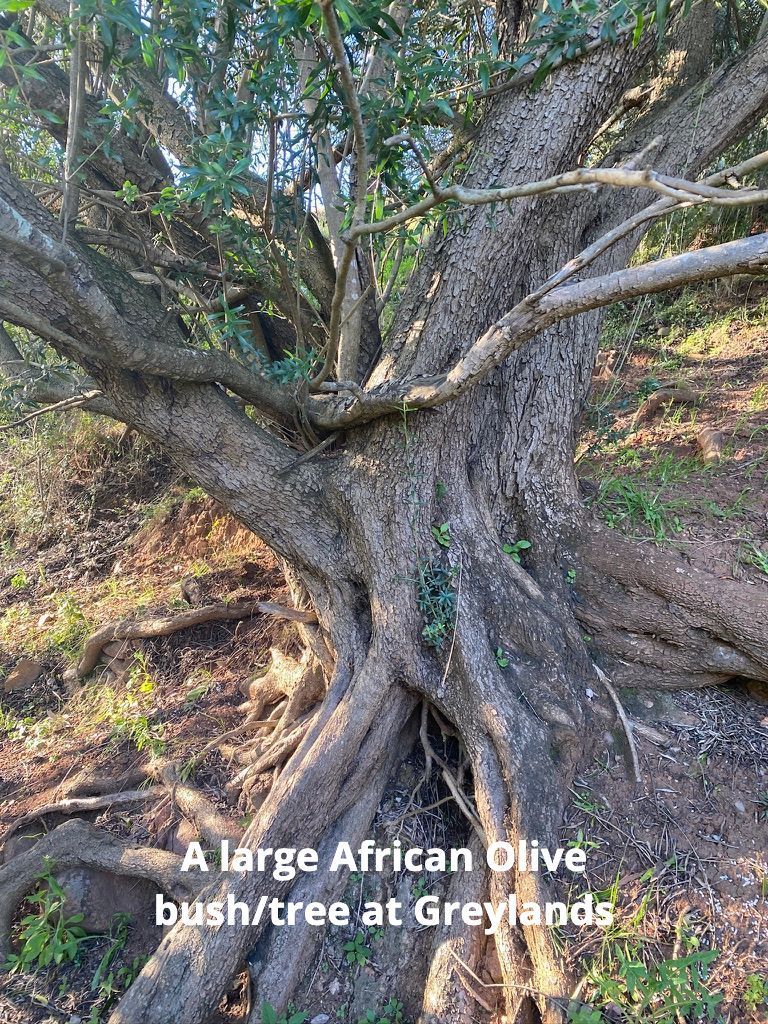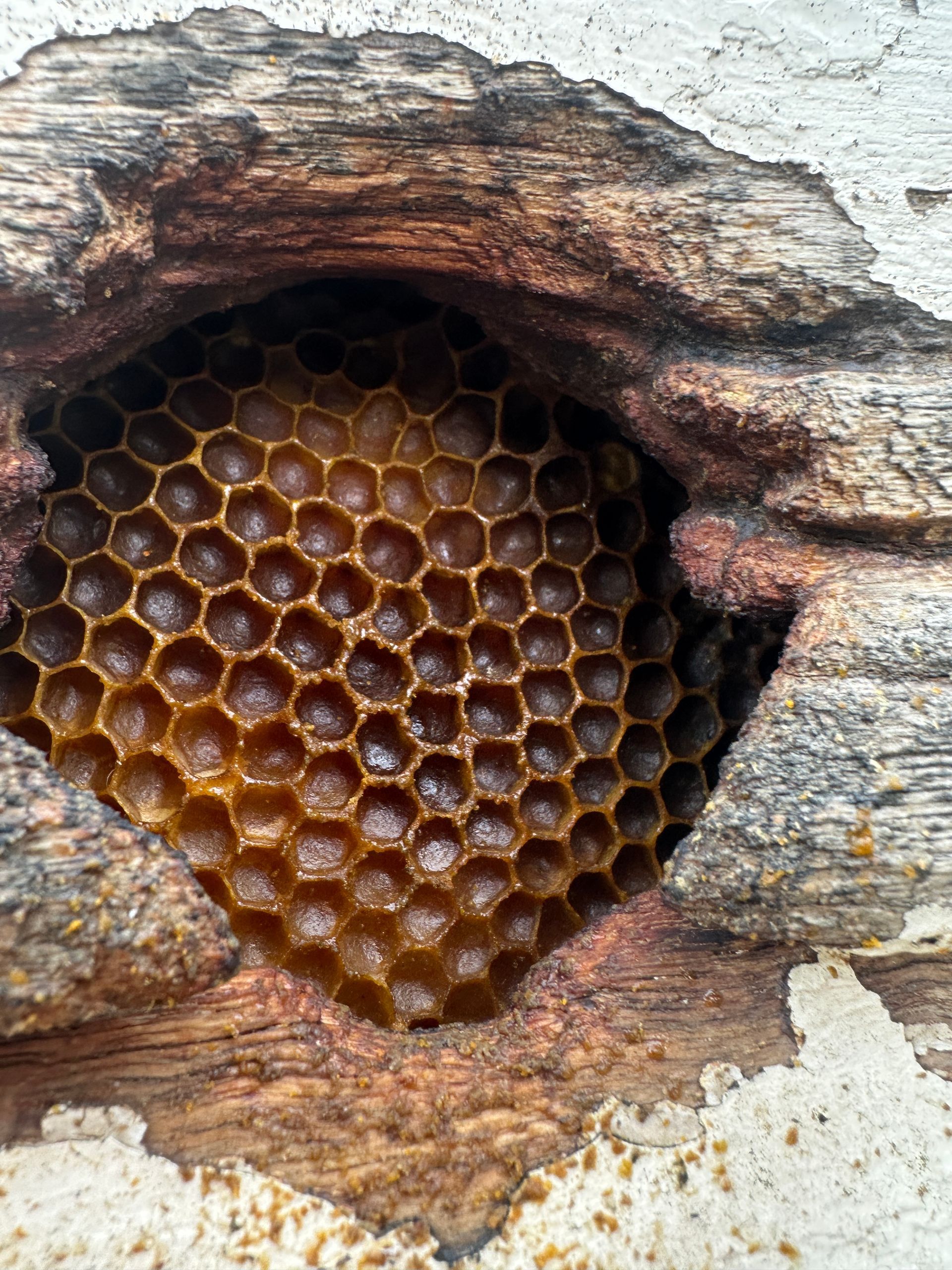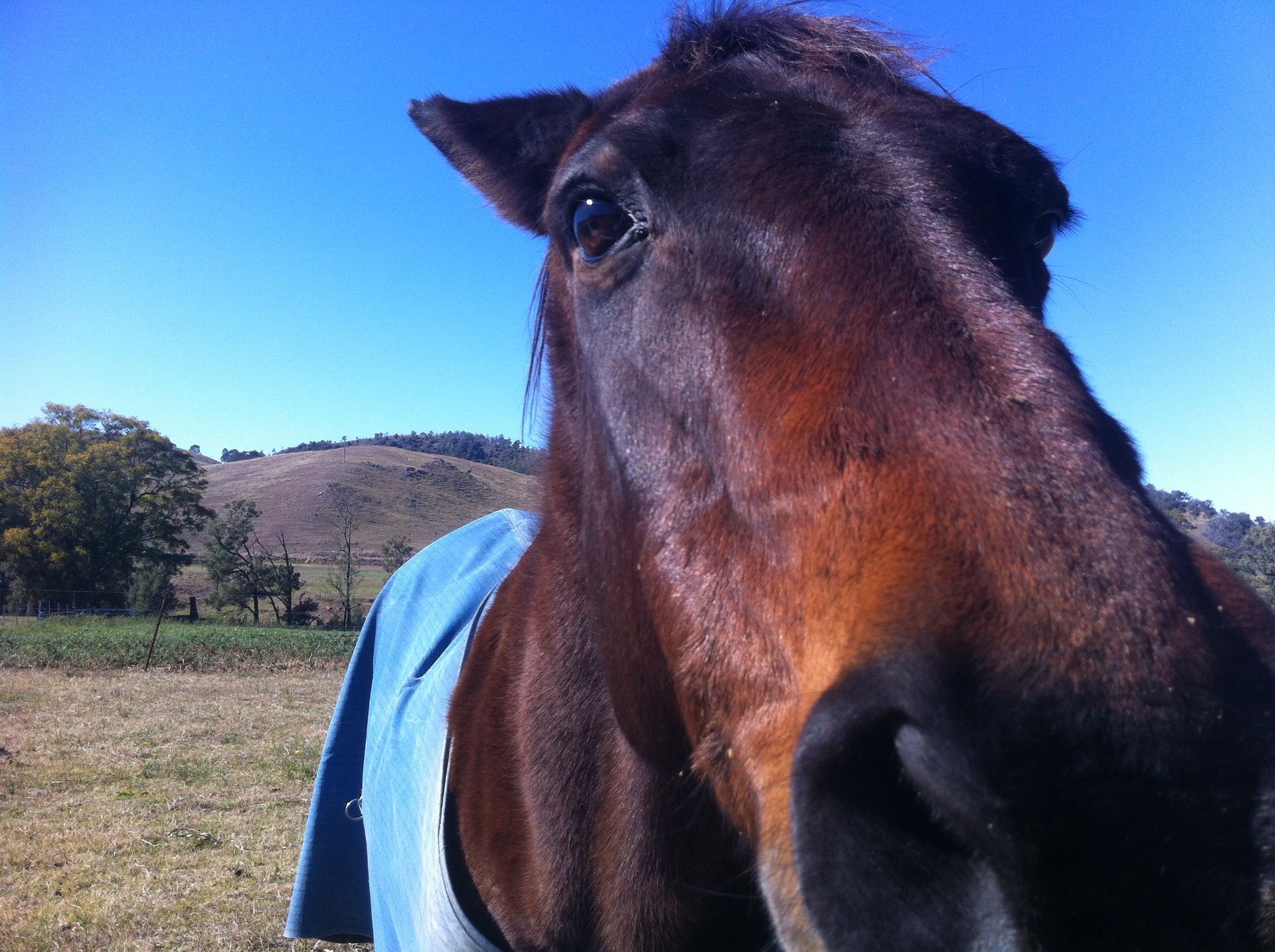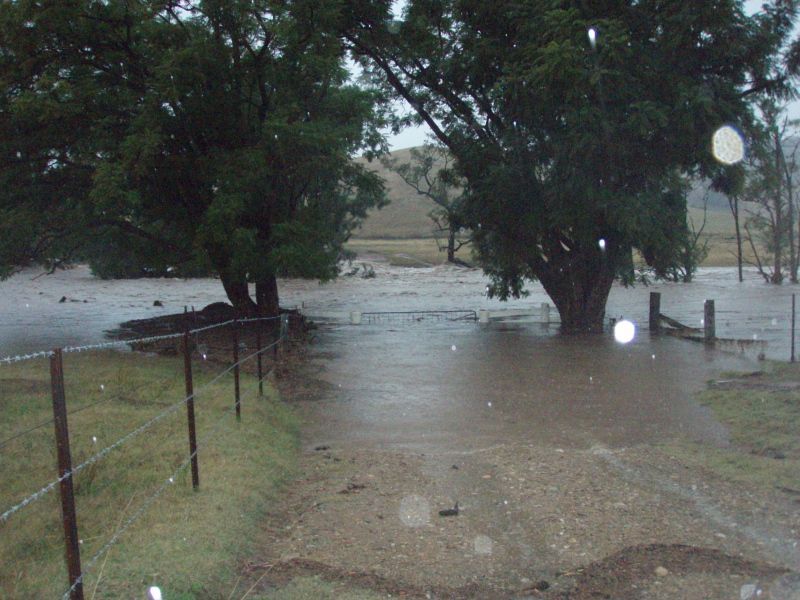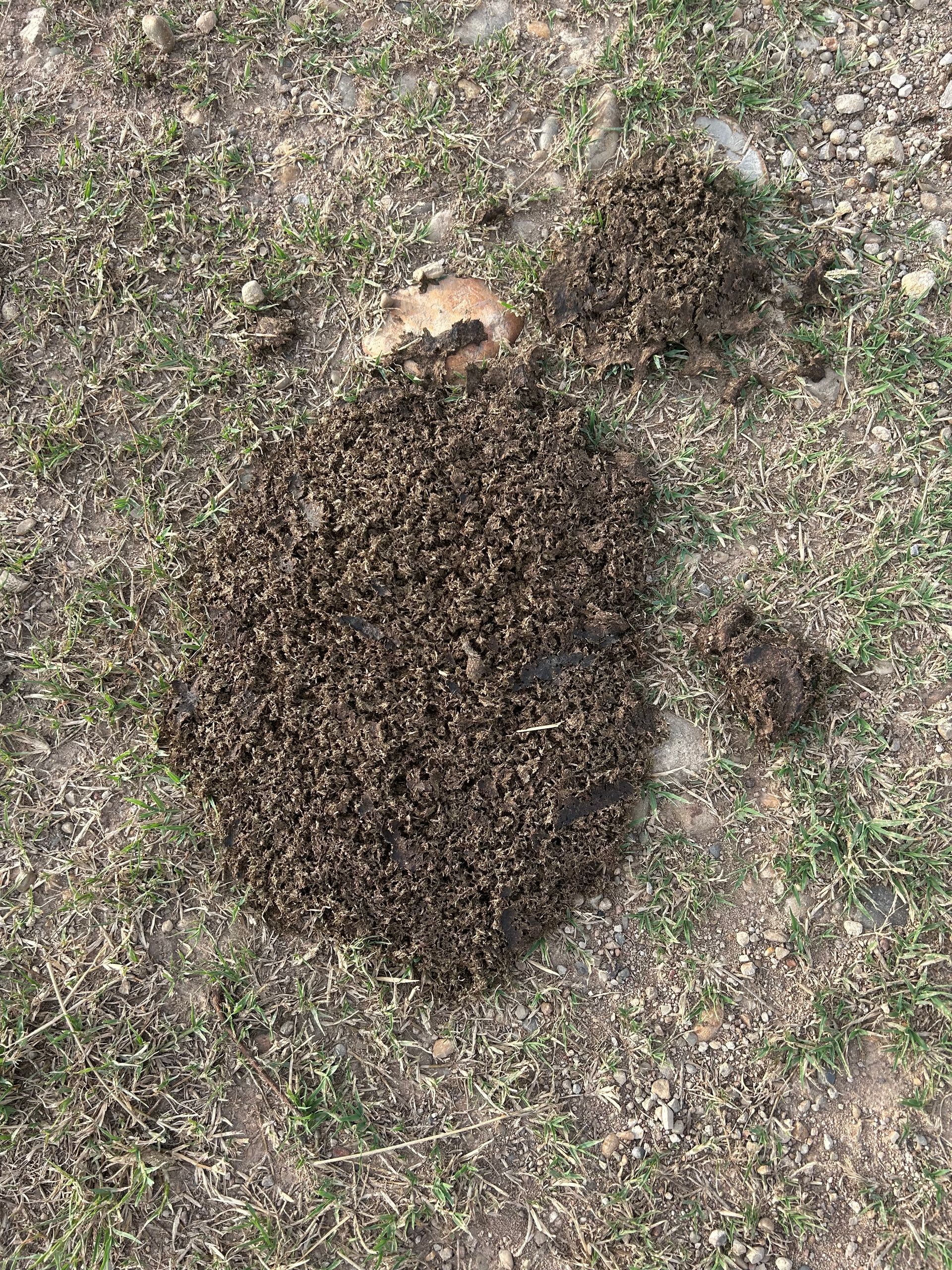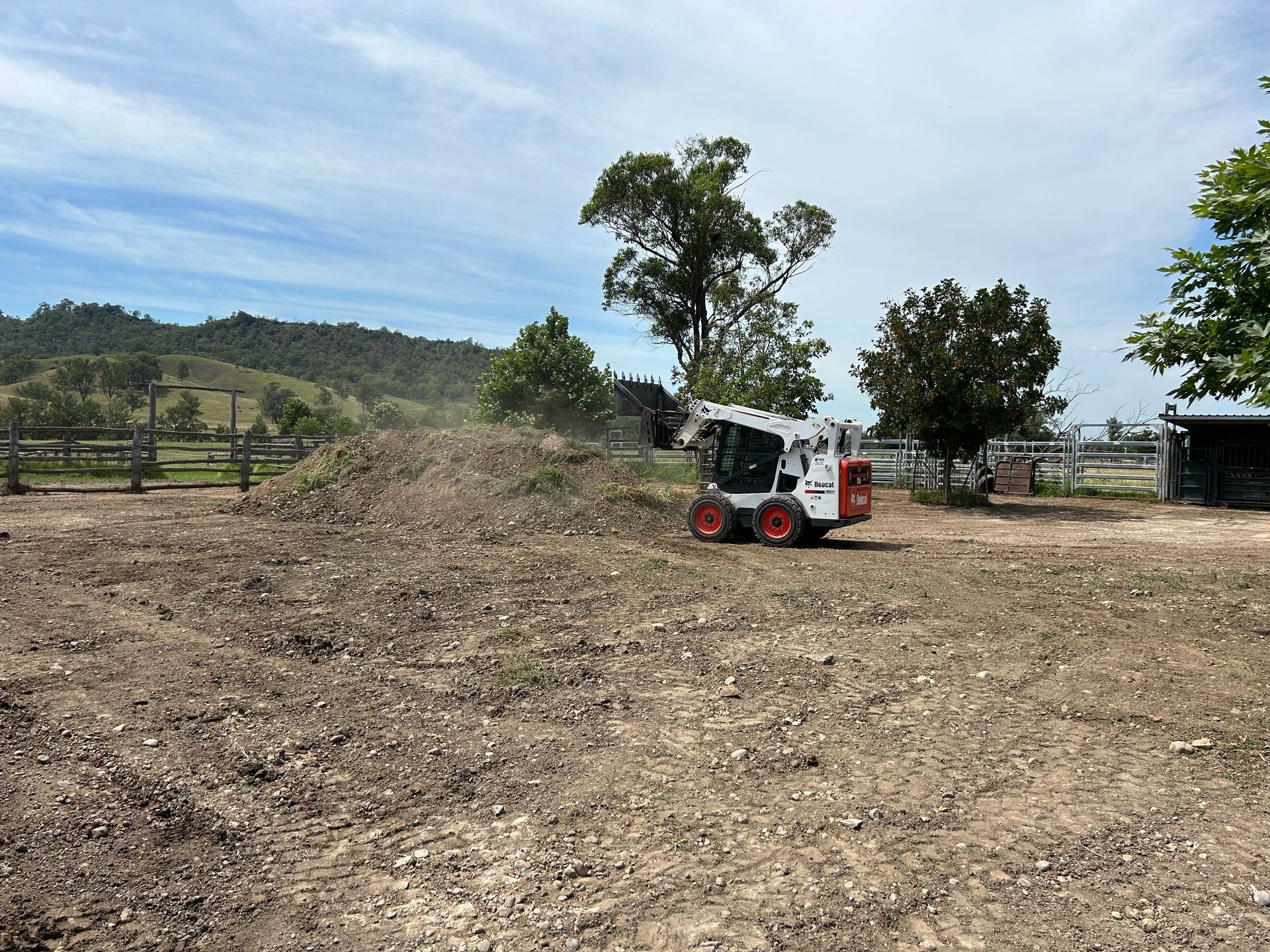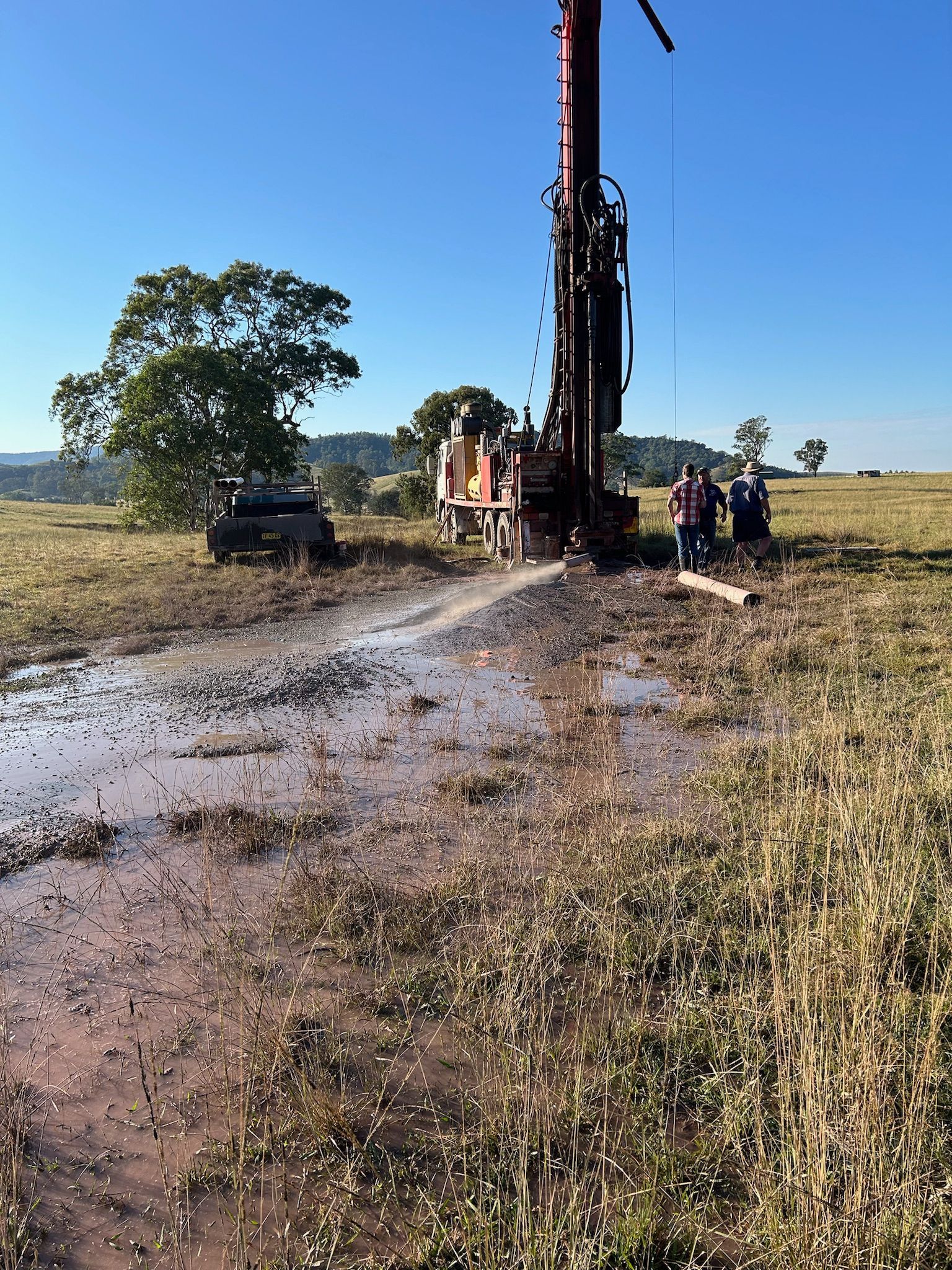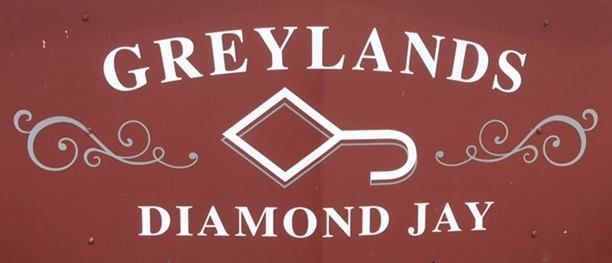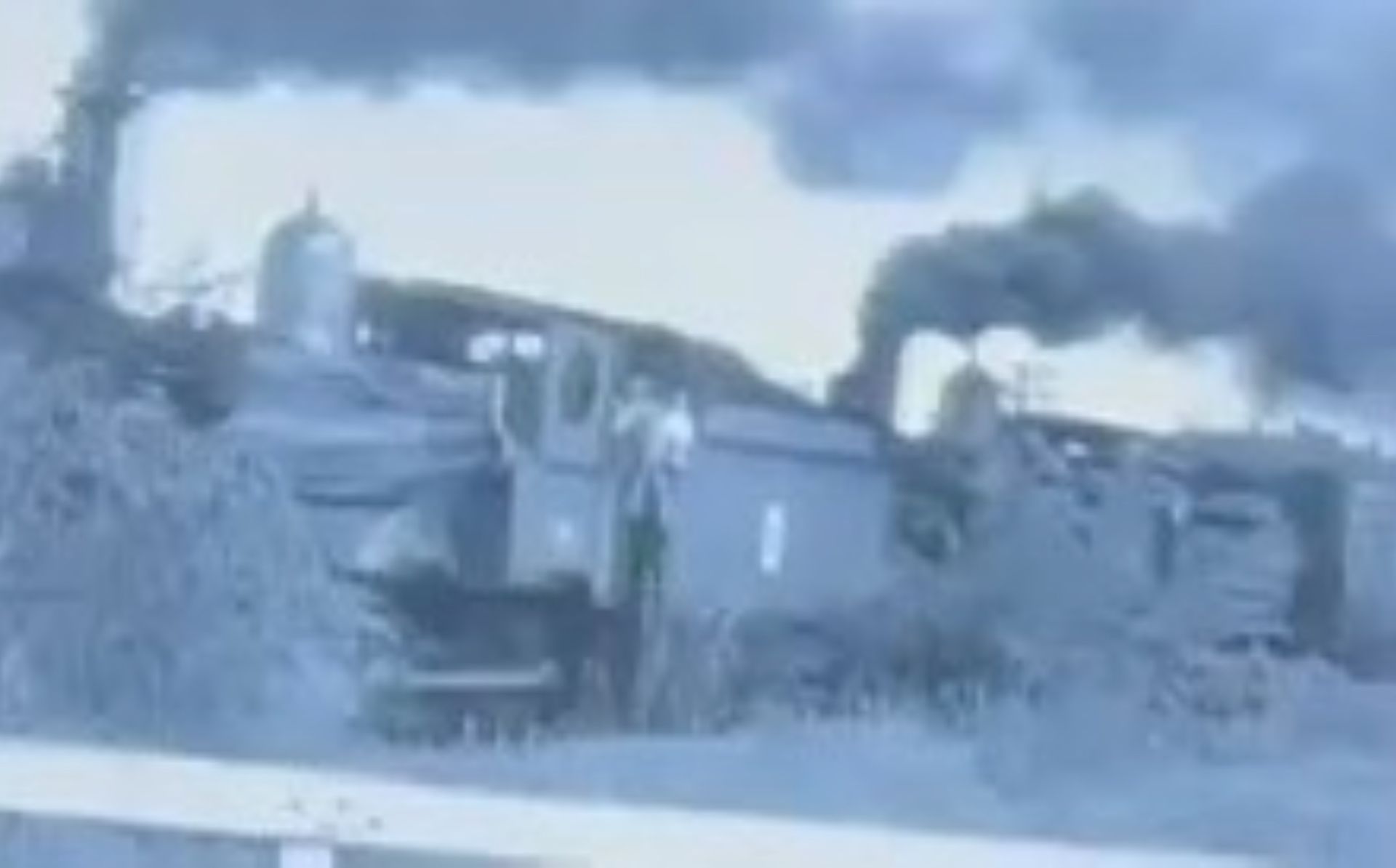
African Olives at Greylands
An aggressively spreading noxious weed in the Hunter Valley
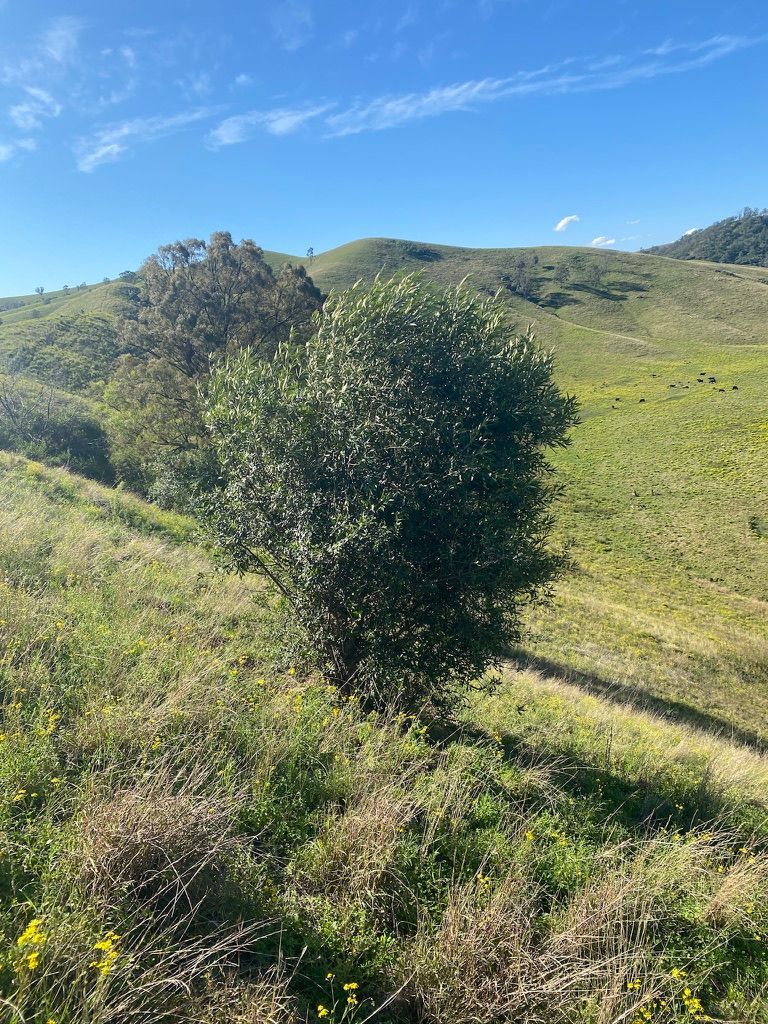
African Olives used to be used as garden hedges in a lot of farming federation houses in the Hunter Valley. Unfortunately they grow so well in this climate that they are becoming a major noxious weed in the Hunter Valley and other parts of NSW. Once it was realised, years ago, how widespread they were spreading, African Olive garden hedges were quickly removed but by then spread had become extensive.
Most farms in the region are having to put in significant resources to try to curtail the spread of African Olives. We have also had to continue control of them for several decades at Greylands.
The following map shows the extent of spread of African Olives throughout NSW.
Birds eat the seed and then spread it far and wide through their droppings. African olives very commonly grow at the base of gum trees where birds roost.
The plant itself looks like the European olive bush, although the seed it produces is not edible for humans. After years of growth they can become very large and then produce many seeds, furthering their spread.
Given the plants mature and produce viable
fruit at five years and grow up to 15 m high and can potentially live more than 100 years, the problem of African Olives at Greylands is unfortunately here to stay. Eradicating them would be impossible without significant government resources. However ongoing efforts to control them will be vital.
